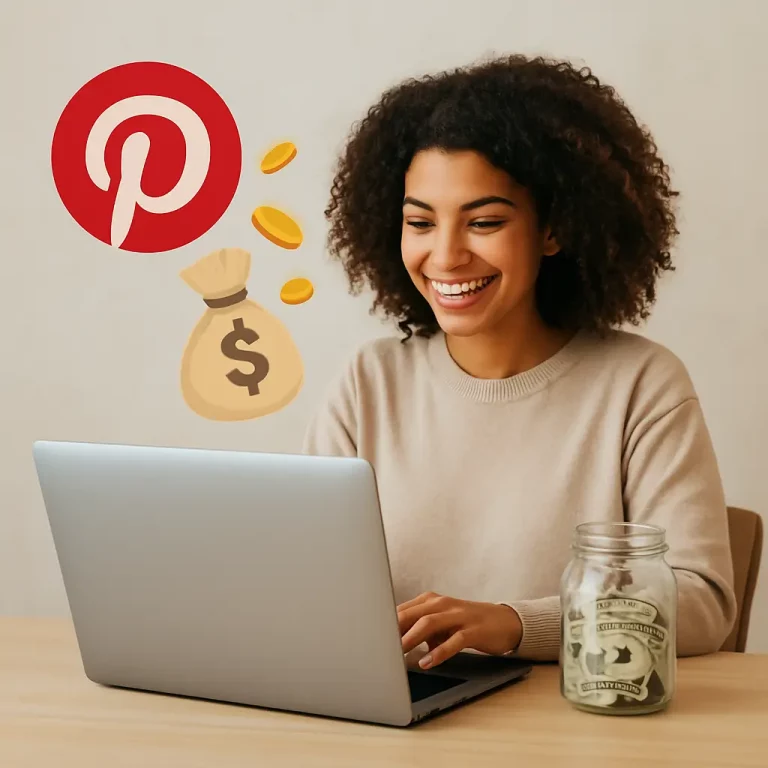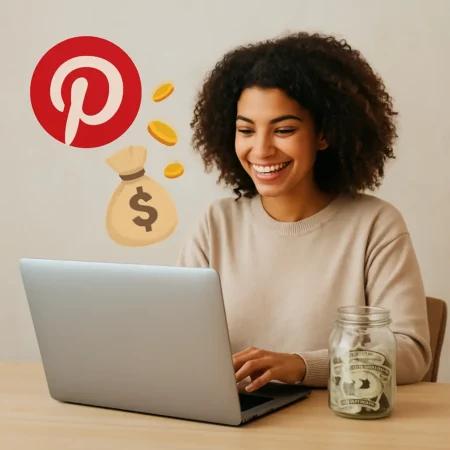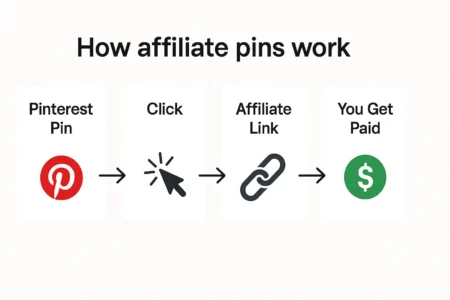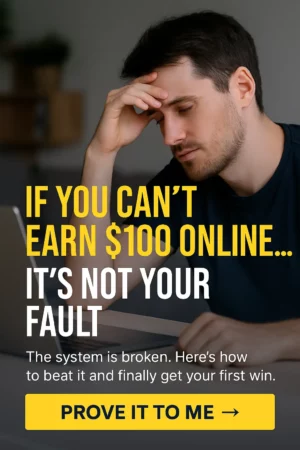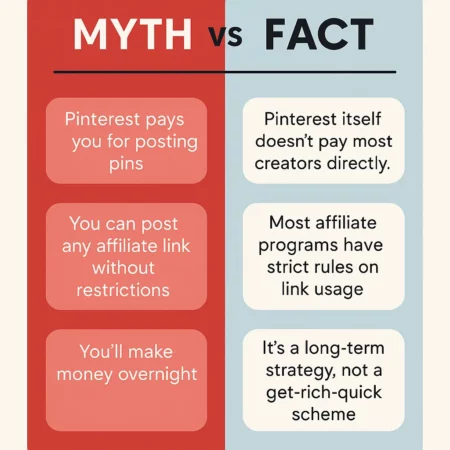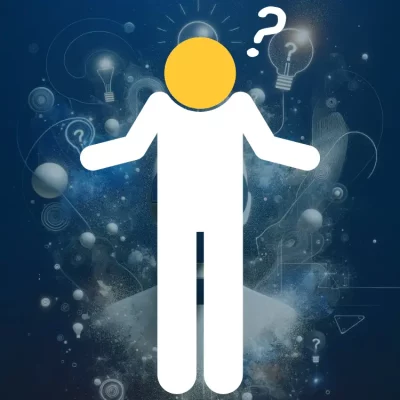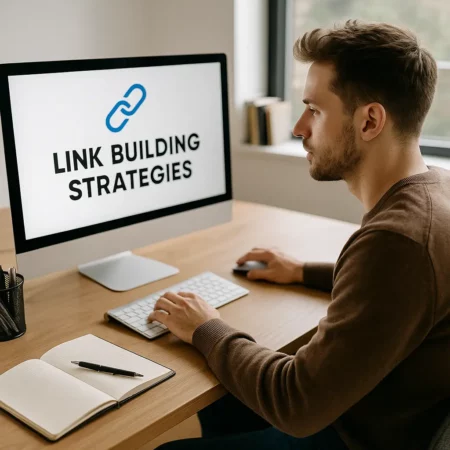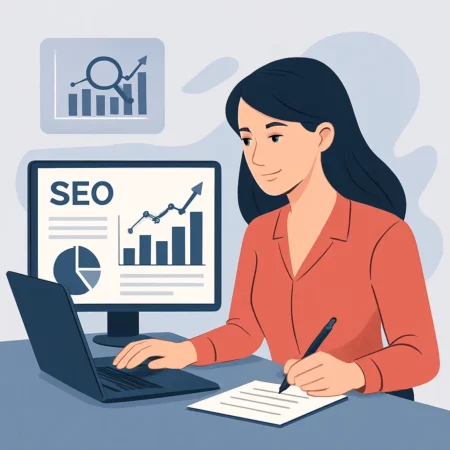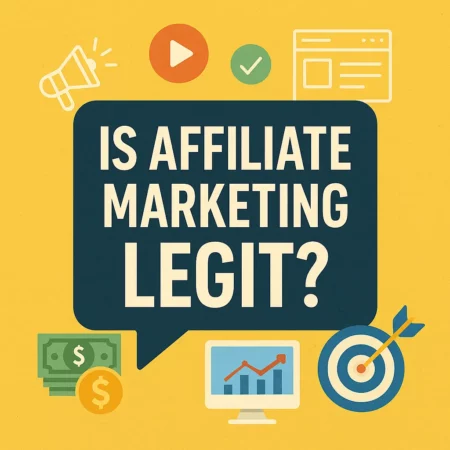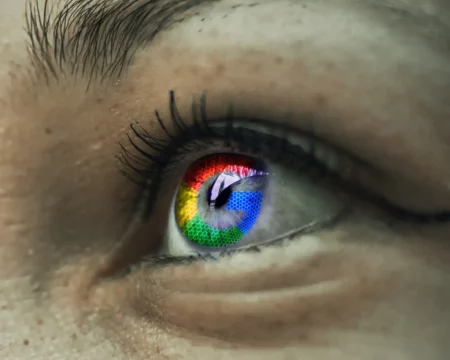You’ve probably seen it on TikTok, YouTube Shorts, or Instagram Reels: people claiming they’re making thousands just by pinning Amazon products on Pinterest. No website, no followers, no experience—just a few clicks and instant passive income.
But can you really make money on Pinterest, or is it all just another overhyped side hustle fantasy?
In this guide, we’ll break down the truth behind the viral affiliate marketing hype and show you exactly how Pinterest monetization works in 2025. Whether you’re curious, skeptical, or ready to give it a try, this article will show you what’s real, what’s risky, and how to do it the right way—so you can stop guessing and start earning.
Can You Get Paid from Pinterest?
If you’re wondering whether Pinterest actually pays its users, the answer is… yes and no.
Pinterest itself doesn’t pay most creators directly for pinning content. Unlike platforms like YouTube or TikTok that offer built-in monetization through ad revenue, Pinterest functions more like a visual search engine. That means you make money through Pinterest—not from Pinterest.
Here are the primary ways people earn income on Pinterest in 2025:
Affiliate Marketing – You promote products using affiliate links and earn a commission when someone makes a purchase. (More on this below.)
Blog Traffic Monetization – You use Pinterest to drive traffic to your blog, where you earn through display ads, affiliate links, or digital product sales.
Brand Collaborations – If you grow an engaged following, some brands may pay you to create sponsored pins.
Pinterest did test a Creator Rewards program in the past, which paid users directly for achieving specific engagement goals—but this program was discontinued in late 2022. Since then, the primary path to making money is affiliate-driven or traffic-based income.
👉 Curious how affiliate payouts actually work? Check out How Much Does Amazon Affiliate Pay? Unlock the Secrets to Maximizing Your Earnings in 2025.
Bottom line: You won’t get a paycheck from Pinterest itself. But with the right strategy, you can earn real money by using Pinterest to drive clicks, sales, and traffic to monetized content.
How to Turn Pins Into Profits with Affiliate Marketing
Affiliate marketing is by far the most popular and accessible way to make money on Pinterest—and it’s also where most of the viral claims stem from. But despite what you may have heard, it’s not as simple as pinning a product and getting paid instantly.
Let’s break down how it actually works in 2025.
The Basic Flow
Here’s the real affiliate marketing process on Pinterest:
Pinterest Pin ➜ Viewer Clicks ➜ Redirected via Affiliate Link ➜ Viewer Makes a Purchase ➜ You Get Paid
It’s that simple—and that strategic.
The key is that you’re not getting paid per pin or per click. You’re only earning money when a sale happens through your affiliate link.
Where Do You Get Affiliate Links?
To get started, you need to join affiliate programs that allow Pinterest traffic. Here are a few of the most popular:
Amazon Associates – Easy to join but strict rules. Amazon technically doesn’t allow direct linking from social media platforms unless you own the account and follow strict disclosure requirements. More on this in our myth-busting section.
Walmart Affiliate Program – Offered via Impact, with more flexibility.
Target Partners – Run through Partnerize, also affiliate-friendly.
ShareASale and Impact – Great for finding a variety of niche programs that allow Pinterest traffic.
Not sure where to start? Check out Affiliate Marketing for Beginners: The Ultimate 2025 Guide
Can You Use Affiliate Links Directly on Pinterest?
Yes—but with caution.
Pinterest allows affiliate links, but not all programs do. For example:
Amazon is extremely picky. Unless your Pinterest account is approved and properly disclosed, you could be violating their terms. Many creators use a blog or bridge page instead.
You must always include clear FTC disclosures (e.g., “This post contains affiliate links”).
Want the full scoop? This article will help: Affiliate Marketing Myths vs Reality: 9 Eye-Opening Truths Every Beginner Needs to Know
Real Talk: Strategy > Spam
You can’t just slap affiliate links on random pins and expect results.
Instead, focus on these winning strategies:
Create valuable, searchable pins (think “10 Must-Have Kitchen Gadgets” instead of “Buy this now!”)
Use Pinterest SEO (keywords in pin title, description, and board)
Post consistently, using a scheduler if needed
Choose products that match a clear niche (see: How to Discover Your Affiliate Marketing Niche)
And if you’re worried about not having a following—don’t be. You don’t need one. Read: Affiliate Marketing Without Followers: 5 Proven Strategies
Do You Need a Lot of Followers to Make Money on Pinterest?
One of the biggest misconceptions about making money online—especially on social platforms—is the belief that you need a massive following to succeed. But here’s the truth about Pinterest:
Pinterest is not a social network—it’s a search engine.
That means your pins are discovered based on keywords and relevance, not your follower count.
Pinterest Is SEO-Driven, Not Follower-Driven
Unlike Instagram or TikTok, where the algorithm heavily favors content from people you follow, Pinterest acts more like Google. When someone searches “best home office chairs” or “budget meal prep ideas,” Pinterest serves up pins that match those keywords—regardless of how many followers the creator has.
That means a beginner with zero followers can outrank a popular account—if their pin is optimized well.
What Matters More Than Followers?
Here’s what truly influences whether your pins get seen, clicked, and converted:
| Ranking Factor | Why It Matters |
|---|---|
| Keywords | Pins must include searchable terms in the title, description, and alt text. |
| Pin Design | Clear, eye-catching visuals perform best (Canva is your best friend). |
| Pin Engagement | Saves and clicks help your pin gain traction over time. |
| Board Relevance | Pins saved to well-named, niche boards rank higher. |
| Consistency | Regular pinning boosts account health and reach. |
Realistic Example
A new Pinterest user creates a pin titled:
👉 “5 Essential Products for Small Space Living”
They add relevant keywords, an eye-catching design, and a helpful description. That pin can start getting impressions and clicks within days or weeks—no followers required.
Pro Tip:
If you want to focus on strategy that works without an audience, don’t miss this one:
5 Proven Strategies for Affiliate Marketing Without Followers
Bottom line? Pinterest doesn’t reward popularity—it rewards value. Focus on creating pins people search for, and your follower count won’t hold you back one bit.
Is Pinterest Free or Paid?
If you’ve been wondering whether you need to pay to use Pinterest—or to make money from it—here’s the good news:
Pinterest is 100% free to use.
You don’t need to pay for an account, and you don’t need to spend money to post pins, join group boards, or add affiliate links (as long as they’re allowed by your affiliate program).
But let’s go a little deeper.
What’s Free on Pinterest?
Everything you need to get started with affiliate marketing is free:
✅ Creating a Pinterest Business account
✅ Publishing static pins or Idea Pins
✅ Setting up boards for different topics or niches
✅ Adding affiliate links to pins or your bio (when allowed)
✅ Access to Pinterest Analytics and Trends tools
✅ Integration with scheduling tools like Canva or Tailwind (freemium)
There are no “pay-to-play” requirements like some platforms impose through ads or boosted content.
What Might Cost You (Optional Tools)
While you can absolutely succeed using only free tools, many Pinterest creators choose to invest in:
| Tool | Purpose | Cost |
|---|---|---|
| Canva Pro | Design high-converting pin templates | Optional (Free plan available) |
| Tailwind | Schedule pins for consistent posting | Optional (Free & paid plans) |
| Systeme.io | Build a free blog or landing page for links | Free plan available |
| Email Tools | Collect leads from traffic (ConvertKit, Beehiiv) | Free to start |
These tools can help you scale faster, but they’re not required to start making money.
Final Word on Cost
If you’re just starting out, focus on strategy over software. Many Pinterest affiliate marketers earn their first commissions using nothing but:
A free Pinterest business account
A few helpful pins
A smart affiliate program
And a bit of keyword research
The Best Affiliate Programs to Use on Pinterest
Now that you know how affiliate pins work, you might be wondering:
Where do you get the links that actually make you money?
There are hundreds of affiliate programs out there, but only some of them work well with Pinterest—and even fewer make it easy.
Let’s break down the best options for beginners and experienced creators alike.
1. Amazon Associates
✅ Huge variety of products
✅ Trusted by buyers = high conversion rates
❌ Very strict on link usage—especially on social media
❌ Cookies only last 24 hours
Important: Amazon requires that you own the platform you’re posting on (and Pinterest may not qualify). That’s why many marketers use a blog post or landing page to house Amazon links, then drive Pinterest traffic there.
👉 Learn how to make the most of it:
How Much Does Amazon Affiliate Pay? Unlock the Secrets to Maximizing Your Earnings in 2025
2. Walmart Affiliate Program
✅ Offered via Impact, a major affiliate platform
✅ More flexibility with link placement
✅ 3-day cookie and competitive commission structure
❌ Fewer digital products compared to Amazon
Walmart allows Pinterest traffic and is a great option if you want to promote physical products in home, grocery, or electronics niches.
3. Target Partners
✅ Well-known brand with loyal buyers
✅ Managed by Partnerize
✅ Often runs promotions that boost commissions
❌ Slightly more selective application process
4. ShareASale & Impact (Affiliate Networks)
These platforms give you access to hundreds of brands in one place—perfect for finding niche products or services.
✅ Ideal for niches like finance, health, fashion, and digital tools
✅ Many allow social media linking, including Pinterest
✅ You can apply to multiple programs from one dashboard
Want to explore niche strategies that convert? Don’t miss:
10 Proven Strategies for Niche Affiliate Marketing Success in 2025
Pro Tip: Match Programs to Your Niche
Before signing up for every program you can find, focus on finding your niche first. It helps you:
Build relevant boards
Target the right keywords
Increase conversions from the start
Not sure where to begin? Use this guide:
6 Powerful Steps to Discover Your Affiliate Marketing Niche for Explosive Success!
What Most People Get Wrong About Making Money on Pinterest
If you’ve spent even a few minutes on social media lately, you’ve probably seen bold claims like:
“Make $1,000 a week just posting pins!”
“No website, no followers, no problem—just post affiliate links and get paid!”
“Pinterest pays you for every pin!”
Sounds amazing, right?
But here’s the truth: most of these claims are misleading or completely false.
🧨 Myth #1: Pinterest Pays You for Pinning
Truth: Pinterest does not pay you for posting pins—there’s no ad revenue or automatic payout program for creators (as of 2025).
Yes, they previously had a Creator Rewards Program, but it was shut down in late 2022. Now, all income earned through Pinterest is driven by external monetization methods like affiliate marketing or selling your own products.
🧨 Myth #2: You Can Post Any Affiliate Link Without Restrictions
Truth: Most affiliate programs—especially Amazon—have strict rules about where and how you post links.
For example, Amazon’s Terms of Service state you must only post links on sites or platforms you own or control, and you must provide clear disclosures. That means direct-pinning Amazon links is risky unless you have written approval.
✅ Safer option: send Pinterest traffic to a blog post or bridge page that contains your affiliate links. This strategy is both compliant and scalable.
👉 Read more here: Affiliate Marketing Myths vs Reality: 9 Eye-Opening Truths Every Beginner Needs to Know
🧨 Myth #3: You’ll Make Money Overnight
Truth: Pinterest is a long-game platform.
Unlike TikTok or Instagram, Pinterest traffic grows over time as your pins get indexed and discovered. A pin you publish today might bring traffic and revenue months from now—which is a good thing! It creates passive, evergreen income.
But don’t expect a flood of commissions after your first week.
🧨 Myth #4: You Don’t Need a Strategy—Just Spam Products
Truth: This is a fast way to get your account flagged or ignored.
Pinterest rewards:
Quality pins
Niche focus
Relevant keywords
Helpful content
Spammy, low-effort pins with random products often get buried or never indexed at all. You need a real strategy—and we’re covering that next.
How to Make Money on Pinterest with Affiliate Marketing (Step-by-Step)
Here’s where the hype ends and the real opportunity begins. If you’re serious about making Pinterest part of your income stream, this is the framework to follow.
Whether you’re a complete beginner or you’ve already dabbled with affiliate links, these six proven steps will help you do it right—and actually see results.
✅ Step 1: Create a Pinterest Business Account
Head to Pinterest Business and set up your free business account.
This gives you access to analytics, audience insights, and rich pin support.
Choose a clear niche and name your profile to reflect what your content is about (ex: “Minimalist Home Finds” or “Budget Travel Essentials”).
✅ Step 2: Choose Your Niche and Affiliate Programs
Before posting anything, decide:
What audience you’re serving
What type of products they’re interested in
Which affiliate programs offer those products
Need help narrowing your niche? Use this guide:
👉 6 Powerful Steps to Discover Your Affiliate Marketing Niche
Once you have a niche, apply to affiliate programs like:
Amazon Associates (use caution with direct links)
Walmart Affiliate Program
Target Partners
ShareASale, Impact, CJ Affiliate, etc.
✅ Step 3: Set Up a Blog or Bridge Page (Optional but Recommended)
You can use direct affiliate links in Pinterest pins (when allowed), but linking to a blog post or landing page is:
Safer (especially for Amazon compliance)
More engaging
Better for long-term SEO and email list building
Tools like Systeme.io or WordPress make it free or inexpensive to set up a simple site.
✅ Step 4: Create High-Quality Pins
This is where the magic happens. Each pin should:
Be visually appealing (Canva templates help a ton)
Include a clear headline with relevant keywords
Lead to helpful or valuable content (not just a product pitch)
Use tools like Pinterest Trends to research popular keywords in your niche.
💡 Want to start simple? Create 3 pins per blog post or affiliate link, each with a different angle or visual style.
✅ Step 5: Optimize with Pinterest SEO
Just like Google, Pinterest ranks content based on keywords. Here’s how to show up:
| Where to Use Keywords | Example |
|---|---|
| Pin Title | “10 Affordable Kitchen Gadgets That Actually Work” |
| Pin Description | “Looking for kitchen gadgets under $20? These tools are perfect for small spaces and busy families.” |
| Board Name | “Budget Home Essentials” |
| Board Description | “Discover the best kitchen and home gadgets for everyday use, including affordable Amazon finds.” |
✅ Step 6: Be Consistent and Track Performance
Pinterest is a slow-burn platform. Your results will compound over time if you stay consistent.
Pin regularly (aim for 3–5 pins per day to start)
Use a scheduler like Tailwind or Canva’s Content Planner
Monitor which pins drive clicks, saves, and sales
Over time, double down on what works—and optimize the rest.
How Long Does It Really Take to Start Making Money?
If you’ve ever scrolled past a social media post claiming, “I made $5,000 on Pinterest in my first week!”—you’re not alone. These posts are attention-grabbing, but they rarely tell the full story.
So, let’s answer the real question:
How long does it actually take to start earning affiliate income from Pinterest?
The Truth: Pinterest Is a Long-Term Game
Unlike viral platforms like TikTok or Instagram, Pinterest works like a search engine. Pins take time to rank, get indexed, and build momentum. But that also means they have longevity—a pin you post today could generate traffic for months or even years.
Here’s a general timeline based on real-world experience:
| Timeframe | What to Expect |
|---|---|
| Week 1–4 | Building boards, creating pins, researching SEO |
| Month 1–2 | Some pins begin to get impressions and clicks |
| Month 3–4 | First affiliate sales trickle in, traffic becomes steady |
| Month 6+ | Compounding traffic, recurring commissions, scalable growth |
Compound Effect: The more optimized pins you have out there, the more chances you have to earn—passively.
Example: Small Wins Add Up
Let’s say you create 10 well-optimized pins linking to a blog post about budget home office finds, which includes affiliate links from Amazon and Walmart.
Even if only 2 of those pins generate clicks per week, and one visitor makes a $50 purchase—you earn a commission. Now imagine that multiplied by 50 or 100 pins over time. This is how many creators quietly build up $100–$1,000/month in affiliate income over time.
Key Factors That Influence Your Timeline:
Pin design quality and keyword relevance
Affiliate program conversion rates
Consistency in pinning (daily or weekly)
Niche competitiveness
Whether you use a blog or direct links
Don’t Let the Slow Start Discourage You
Many people quit too soon because they don’t see instant income. But Pinterest is one of the best platforms for building long-term, passive affiliate revenue—if you stick with it.
📌 Remember: A pin that earns nothing today could bring in $50 next month and $500 next year.
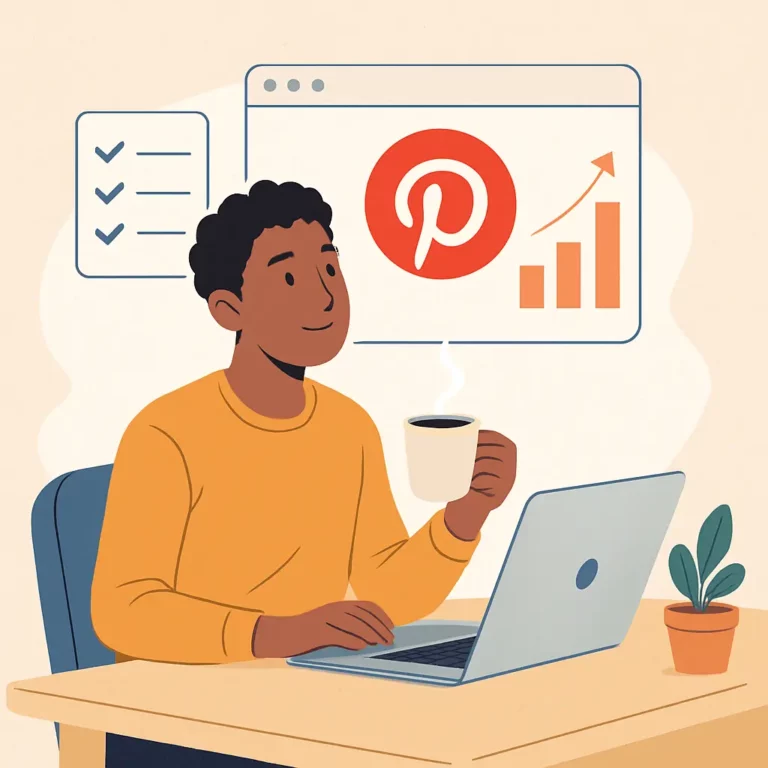
Final Thoughts – Is It Worth Doing?
So… can you make money on Pinterest in 2025?
Absolutely—but only if you’re willing to treat it like a real business, not a shortcut to easy money.
Pinterest affiliate marketing works. Thousands of creators earn real income every month using nothing more than helpful content, smart SEO, and well-placed links. But success doesn’t come from spamming random pins or chasing viral hacks. It comes from strategy, patience, and consistency.
🔑 Here’s What You Now Know:
Pinterest won’t pay you directly—but it can be a powerful traffic engine to affiliate sales.
You don’t need followers to earn—just quality pins, keywords, and the right programs.
Affiliate links are allowed—but only when you follow the rules and disclose properly.
You don’t have to spend a dime to get started—but investing time and creativity pays off.
With the right approach, you can build a passive, evergreen income stream that grows over time.
If you’re ready to stop scrolling past social media hype and start building your own income system, Pinterest affiliate marketing is one of the most beginner-friendly paths to explore.
Whether you want to make your first $100 or build a scalable business around niche affiliate content, Pinterest is a goldmine when used with intention.
Want to Go Deeper?
👉 Download our FREE eBook: 50 Proven Ways to Make Money Online – No Experience, No Problem
Start building multiple streams of income—one smart strategy at a time.


